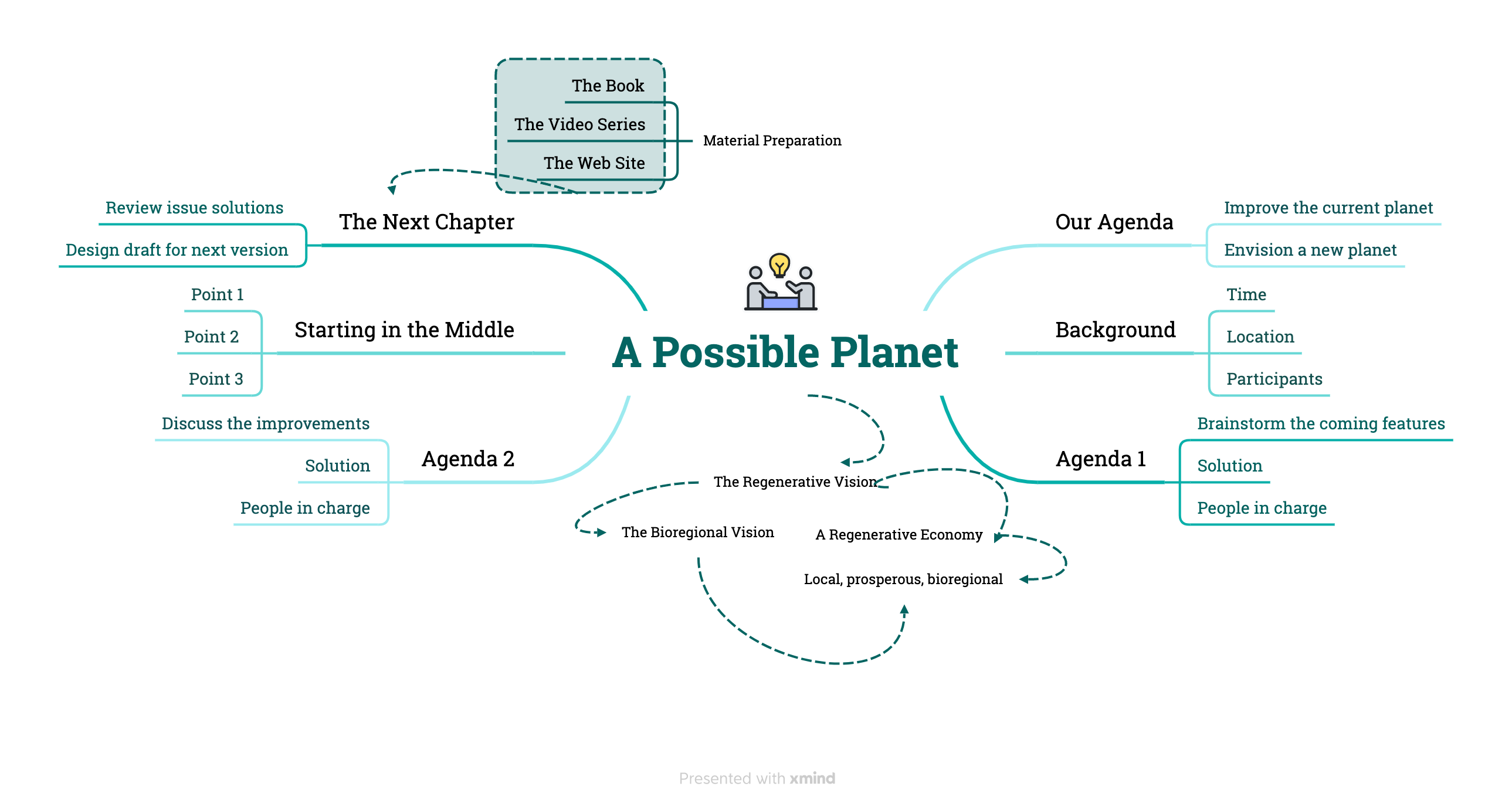There are many places that we could start this book. Pull on one thread and you’ll find it connects pretty much everything else we’re saying here, because we’re talking about a coherent paradigm. It’s a new paradigm, even though it has many old and even ancient pieces to it. But it’s new because we live in a new era, and it’s an era that calls for a new perspective. There is so much in our world going forward that will be impossible, and so much that will be impermissible. We will no longer be allowed to piss in our own bathwater. And so much that will be possible in this new world that we simply do not have today, not just technologically but also socially and ecologically.
Our world today faces a polycrisis that is unique in what we know of human history, even though many of its elements have clear historical precedents. As Jared Diamond has pointed out, human civilizations have collapsed before, mainly for ecological reasons. Whether it’s Easter Island — once inhabited by humans who accomplished enormous feats of engineering but couldn’t survive without trees; or the great Latin American civilizations that all collapsed at some point, with or without the help of conquistadores. Indeed we don’t know of any civilizations that have not collapsed in one way or another. Only some indigenous cultures (one hesitates to call them “civilizations” not because they weren’t complex and sophisticated but because they did not seek to build cities) appear to have evolved in harmony with Nature.
In The Design Pathway for Regenerating Earth, Joe Brewer points out that we are already in the midst of collapse. It began long ago and has continued throughout our lifetimes, even as we have made real human progress in many specific areas such as health and scientific awareness. Unlike previous civilizations, moreover, ours is a planetary collapse, in part because modern civilization is now everywhere, and everywhere post-modernism is beginning to break through.
_________________________
The reality is, however, that we are always starting in the middle. Things are already going on, and have been going on for a long time. Where we are is always somewhere, sometime. Specifically, as this is written in 2023, there are many signs that we are at the end of an era, and hopefully at the beginning of a new one. The new one is what this book seeks to explore.
What’s possible, in this context, is not always easy to discern. Human behavior, while unpredictable, nevertheless seems to repeatedly construct undesirable outcomes. It is not that we are evil (or at least not wholly evil) but that we’re imperfect and incomplete. We’re a relatively young species — homo sapiens about two hundred thousand years, hominids of various kinds about six million years. The blink of an eye in the Earth’s 4.3 billion years, or in the 3.6 billion years since life began. And we know hardly anything about the first 190,000 years of our species’ history. Even the first cave paintings are no more than 25,000 years old, and plenty happened in the 175,000 years that preceded them.
